‘Sugar-free’ & ‘No Added Sugar’ – Not such a sweet proposition, after all
‘Sugar-free’ and ‘No added Sugar’ are claims increasingly seen on labels of food products. Do the two kinds of claims mean the same thing? Are they synonymous? If so, what does a ‘low sugar’ product mean? Part 14 of the series of articles on Misleading ads by Advocate Aazmeen Kasad serves to demystify these terms and provide an in-depth understanding of what the law on such claims are.
Today is Bhai-dooj or Bhau-beej – it marks the final day of the Diwali festival. Most Indians have enjoyed the festive spell with good, rich food, since the pandemic prevented any other form of celebration. And with caution thrown to the winds in so far as health is concerned during a festival, people tend to get health-conscious thereafter, looking to consume food products which either claim to be ‘Sugar-free’ or have ‘No Added Sugar’. Are the claims synonymous and inter-changeable or are they different from each other? What is meant when a ‘Low sugar’ claim is made on a food product label? What do these terms signify?
Such confusing thoughts have oft-emanated in the minds of countless lay-consumers, but more-so, in those who are calorie-conscious or diabetic. To demystify the same, the Food Safety and Standards Authority of India (FSSAI) have spelt out the meaning of these terms in the Food Safety and Standards (Advertising and Claims) Regulations, 2018 (the ‘Regulations’) which govern advertising and claims made by food business operators, to prevent consumers from being misled.
A “claim” is any representation which is printed, oral, audio or visual and states, suggests, or implies that a specific kind of food/ food product has particular qualities relating to its origin, nutritional properties, nature, processing, composition or otherwise.
Interestingly, as per Schedule I of the FSSAI Regulations, a ‘Sugar-Free’ product is one which contains not more than 0.5 g of sugar per 100 g for solids or 100 ml for liquids. Thus, the product may not be with zero-sugar at all, as is presumed by a majority of people!
Per Schedule II of the FSSAI Regulations, the FSSAI has permitted certain synonyms which may be used by Food Business Operators for claims defined in the Regulations, as long as there is no change in the intent and meaning of the claim.
For the word ‘Free’, the words ‘Zero, No, Without, Negligible Source’ can be used. This, therefore, means that products claiming to be ‘Sugar-Free’ can actually claim to state ‘No Sugar’ or ‘Zero Sugar’ or ‘Without Sugar’ although they may well contain up to 0.5 g of sugar per 100 g for solids or 100 ml for liquids! This would not only be grossly misleading, but could create a health hazard!
On the other hand, a product claiming to have ‘Low Sugar’ contains not more than 5 g of sugars per 100 g for solids or 2.5 g of sugars per 100 ml for liquids. When a brand makes a claim that its product has ‘No added sugar’ in it, it is claiming that no sugar or sugar-containing products have been added during processing/ manufacturing the food item. However, that should not lead one to conclude that the food product is sugar-free. Why is that? Give it a guess?
Sugar is a sweet crystalline substance obtained from various plants, especially from sugarcane and sugar beet. It essentially contains sucrose and is used as a sweetener in food and drinks. Having said that, we consume sugar in many other forms through the food we eat. Lactose (a sugar present in milk) is a disaccharide containing glucose and galactose units. Fructose, a sugar of the hexose class, is found especially in honey and fruits. Maltose is a sugar produced by the breakdown of starch, e.g. by enzymes found in malt. Glucose, a simple sugar, is mainly made by plants and most algae during photosynthesis from water and carbon dioxide, using energy from sunlight, where it is used to make cellulose in cell walls, which is the most abundant carbohydrate.
Thus one may come across Ice-Cream brands claiming to have ‘No Added Sugar’ and yet taste sweet. That is because they have lactose present in them. That does not make them ‘Sugar-Free’ though.
Similarly, a manufacturer of fruit juice claiming to have ‘no added sugar’ does that as no sucrose has been added in the juice. However, the juice will contain fructose and is therefore not ‘sugar-free’!
The FSSAI has mandated that where claims regarding the non-addition of sugars are being made, where sugars are naturally present in the food, in advertisements and packaging, the following indication should also appear on the packaging ‘CONTAINS NATURALLY OCCURING SUGARS’.
It is advisable to look beyond the claims on the labels on the front of the packaging, and always look at the label on the back. The nutrition facts provided there will enable you to make an informed decision based on your needs and your preferences.
Consuming excess sugar may lead to a raft of health issues, ranging from a rise in blood sugar levels, sudden drop and inflammation in the body to chronic illnesses like heart problems and diabetes, trouble in concentration, mood swings, etc.
It is no wonder then that many individuals who want to avoid consuming sugar in its sucrose form, opt for alternatives such as artificial sweeteners. Amongst the most popular kinds of alternative used are Stevia (extracted from the stevia plant in South America, which is virtually calorie-free), Xylitol (a sugar-alcohol, lower in calories than sugar), Yacon syrup (derived from plants in South America), Aspartame (artificial non-saccharide sweetener 200 times sweeter than sucrose), Sucralose (an artificial sweetener made from sugar), Saccharin (an artificial sweetener with effectively no food energy, about 300–400 times as sweet as sucrose but has a bitter or metallic aftertaste, especially at high concentrations), Neotame (a non-caloric artificial sweetener, 8000 times sweeter than sucrose), and Acesulfame potassium (calorie-free sugar substitute). Some commonly known brands are Equal (Aspartame), Splenda (Sucralose), E950 (Acesulfame potassium). One should consume them (if at all) with care, as certain artificial sweeteners have recently be known to be harmful for the health, as they can raise one’s blood sugar levels more than sugar.
Section 24 of the Food Safety and Standards Act, 2006 (the ‘Act’) provides restrictions on advertisements related to food and prohibits unfair trade practices in promoting the sale, supply, use and consumption of articles of food. The Act expressly prohibits an advertisement of any food which is misleading or deceiving or contravenes the provisions of the Act, rules and regulations notified under it.
The Act bars any false or misleading representation/ claims being made with respect to the standard, quality, quantity, grade composition, need for/ usefulness or any efficacy guarantee being made to the public unless it is based on adequate or scientific justification.
Per Section 53 of the Act, any person who publishes, or is a party to the publication of an advertisement, which (a) falsely describes any food; or (b) is likely to mislead as to the nature or substance or quality of any food or gives false guarantee, is liable to be fined up to Rs 10 lakh.
The provision not only holds the advertiser liable, but the publisher of the false and misleading advertisement and the endorsers will also be equally liable for the same.
Having said that, the Act does provide certain defences for such parties in Section 80.A party held liable can claim that the publication of the advertisement was done in the ordinary course of business without any knowledge of the fact that publishing the said advertisement would constitute an offence.
Another form of defence available is that the person undertook all reasonable precautions and exercised all due diligence to prevent the commission of the offence; and that the offence was committed on account of an act or default of another person or reliance on information supplied by another person, etc.
A number of food brands engage celebrities to endorse their products. While there is no prohibition under any applicable law on using celebrity endorsements for food product brands, the celebrities/ endorsers should bear in mind the liability that can arise both under the Section 53 of the Food Safety and Standards Act, 2006 as also under the newly enforced Consumer Protection Act, 2019.
If an advertisement contravenes the provisions of the Act, but the label of the product accurately states the relevant information regarding the product, will the advertiser still be liable for the fine? The provisions of the section 53 of the Food Safety and Standards Act, 2006 states that the fact that a label or advertisement relating to any article of food in respect of which the contravention is alleged to have been committed contained an accurate statement of the composition of the food shall not preclude the court from finding that the contravention was committed.
A number of processed food advertisers resort to Comparative Advertising. Advertisers should be cautious when resorting to comparative advertising to avoid being sued for unfair and dishonest/ misleading advertising. How does one ensure honest comparisons? There are several checks and measures that advertisers should ensure adherence to. The foremost is by comparing apples to apples. Invariably, advertisers risk their campaign by comparing apples to oranges. Most brands which indulge in such kind of advertising believe that they are safe by writing a disclaimer in a small font at the end of the advertisement. However, the courts have held a contrary view as most consumers believe what they see and hear in the advertisements. The small type disclaimers are illegible and seldom read by the consumers. Besides, a disclaimer cannot be used to correct a misleading claim in an advertisement nor contradict the main claim in the advertisement.
The Act introduces new provisions on ‘Misleading Advertisements’ and ‘Celebrity Endorsements’. Additionally, a new mechanism has been put in place by which complaints filed against a misleading advertisement shall be investigated and pecuniary penalties up to Rs 50 lakh shall be imposed on the advertiser if the advertisement is found to be false or misleading and up to Rs 10 lakh on the persons publishing the said misleading advertisements.
Per Section 2(1) of the Act, an ‘advertisement’ means any audio or visual publicity, representation, endorsement or pronouncement made by means of light, sound, smoke, gas, print, electronic media, internet or website and includes any notice, circular, label, wrapper, invoice or such other documents. Therefore, this includes advertisements not only on the traditional media such as print, radio or television advertisements, but also includes packaging, point of sale material, etc. Advertisements on the Internet, including social media such as ads posted on Facebook, Instagram, Twitter, LinkedIn, etc., also fall within the purview of the Act, as do advertisements on websites, which includes the advertiser’s own website(s).
A ‘misleading advertisement’ in relation to any product or service, is an advertisement, which (i) falsely describes such product or service; or (ii) gives a false guarantee to, or is likely to mislead the consumers as to the nature, substance, quantity or quality of such product or service; or (iii) conveys an express or implied representation which, if made by the manufacturer or seller or service provider thereof, would constitute an unfair trade practice; or (iv) deliberately conceals important information. Thus, any advertisement which expressly or impliedly misleads consumers about the product or service will also be considered as misleading in nature.
The Central Consumer Protection Authority will regulate matters relating to violation of rights of consumers, unfair trade practices and false or misleading advertisements which are prejudicial to the interests of public and consumers to promote, protect and enforce the rights of consumers. This Authority shall be headquartered in the National Capital Region of Delhi and may have regional and other offices across India.
A complaint relating to any false or misleading advertisements may be forwarded either in writing or in electronic mode, to any one of the authorities, namely, the District Collector or the Commissioner of regional office or the Central Authority. After a preliminary enquiry is made, if the Central Authority is satisfied that a prima facie case exists, an investigation shall be conducted.
Where the Central Authority is satisfied after conducting the investigation that the advertisement for which a complaint is received is false or misleading and is prejudicial to the interest of any consumer or is in contravention of consumer rights, it may, by order, issue directions to the concerned trader or manufacturer or endorser or advertiser or publisher, as the case may be, to discontinue such advertisement or to modify the same in such manner and within such time as may be specified in that order. If the Central Authority is of the opinion that it is necessary to impose a penalty in respect of such false or misleading advertisement, by a manufacturer or an endorser, it may, by order, impose on manufacturer or celebrity endorser a penalty which may extend to Rs 10 lakh: Provided that the Central Authority may, for every subsequent contravention by a manufacturer or endorser, impose a penalty, which may extend to Rs 50 lakh. Additionally, where the Central Authority deems it necessary, it may, by order, prohibit the celebrity endorser of a false or misleading advertisement from making endorsement of any product or service for a period which may extend to one year: For every subsequent contravention, prohibit such endorser from making endorsement in respect of any product or service for a period which may extend to three years. Where the Central Authority is satisfied after conducting an investigation, that any person is found to publish, or is a party to the publication of a misleading advertisement, except in the ordinary course of his business, it may impose on such person a penalty which may extend to Rs 10 lakh. The defence that the false or misleading advertisement was published in the ordinary course of business shall not be available to such person if he had previous knowledge of the order passed by the Central Authority for withdrawal or modification of such advertisement.
In light of the newly introduced provisions under the Act, which came into force from July 20, 2020, it is advisable for both the advertisers and the endorsers to exercise caution in the claims that form part of the advertisement of the goods/ services. The ensuing Parts of the series will pertain to various aspects of what constitutes Misleading Advertising and key judicial precedents on the same.
Advocate Aazmeen Kasad is a practicing corporate advocate with over 20 years of experience, with a focus on the Media, Technology and Telecom industries. She is also a professor of law since 13 years. She is a member of the Consumer Complaints Council of the Advertising Standards Council of India. She is a speaker at several forums.



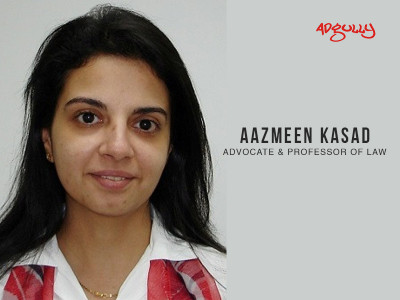
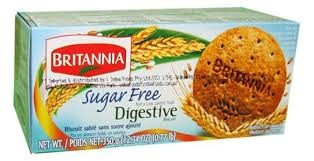


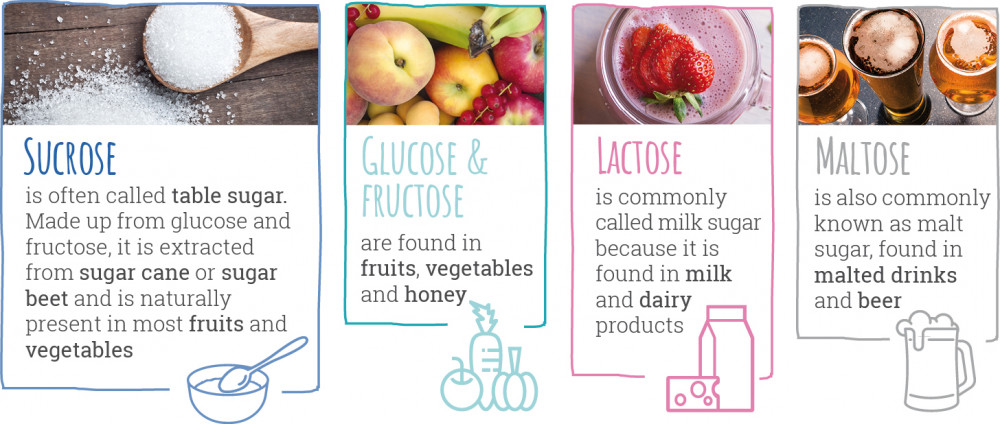
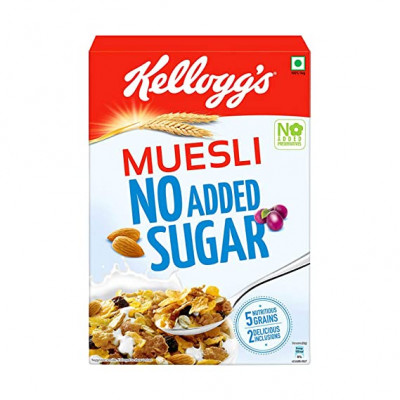




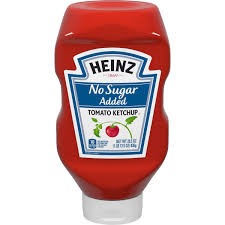


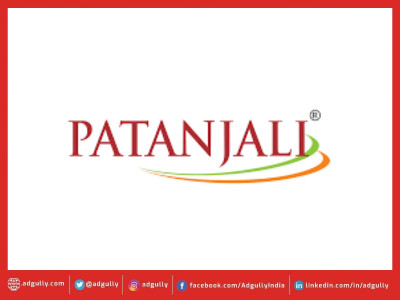
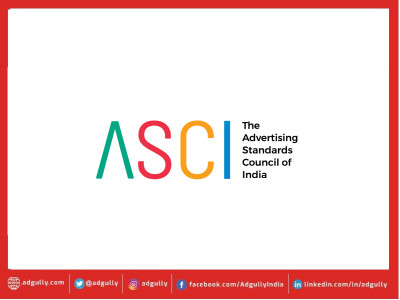
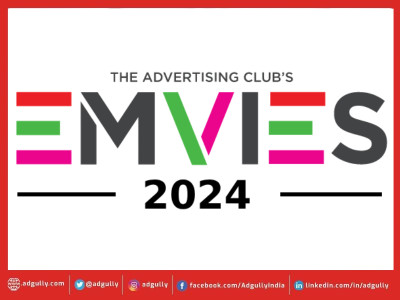



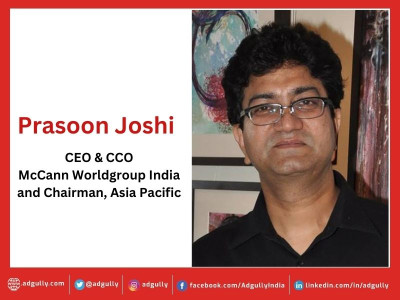





Share
Facebook
YouTube
Tweet
Twitter
LinkedIn